OPUS Plasma Skin Resurfacing
A Brand New Type of Skin Rejuvenation
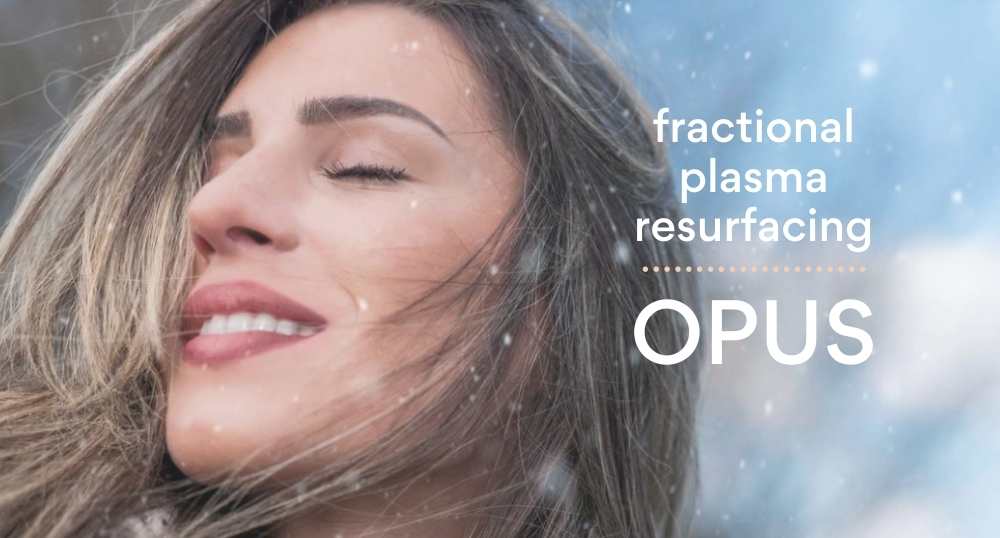
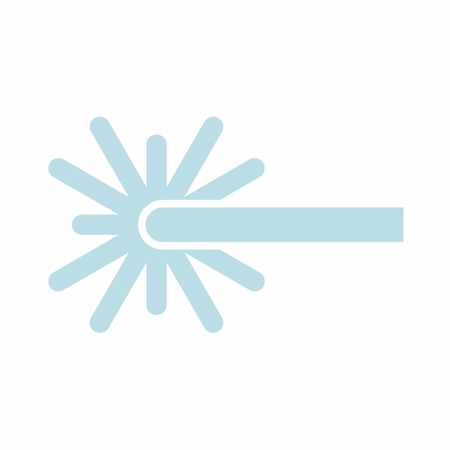
You have probably heard of laser skin resurfacing. At Edmonton’s Nakatsui DermaSurgery Centre, we have used virtually all types of laser skin resurfacing for skin rejuvenation that exist ranging from non-ablative to ablative, and fractional to fully ablative.
Our dermatologist, Dr. Nakatsui, is happy to be the first in Western Canada to offer a brand new resurfacing technology: plasma.


And it is not only plasma but it is fractionated plasma, which makes the tech safer than if it were left as free plasma.
Opus represents a first-of-its-kind fractional technology and we sometimes refer to it as microplasma.
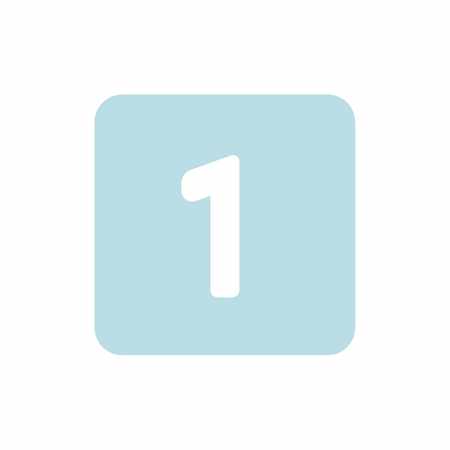
At one time, the majority of what we did was fully ablative carbon dioxide resurfacing procedures under general anesthetic or iv sedation.
Most doctors only have experience with less aggressive laser modalities and very few have the ability to do resurfacing procedures under iv sedation or general anesthetic but with our dermatologist, Dr. Nakatsui, you can rest assured that you are in some of the most capable and experienced hands.
One of the most attractive features of this microplasma technology is the reduced downtime compared to other laser treatments.

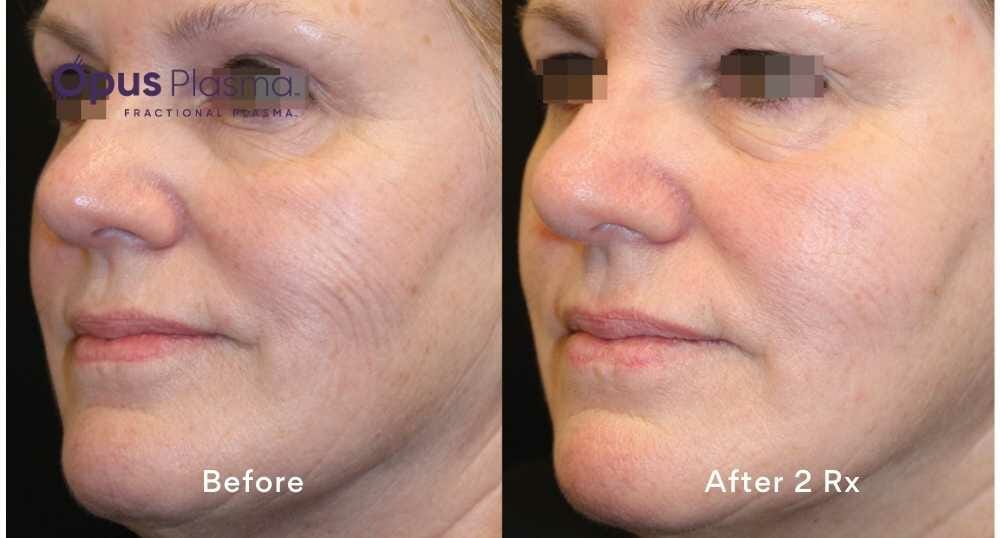
What is Plasma?

When we talk about Opus plasma, we are not referring to blood plasma. We are instead referring to a type of energy.
Plasma is the fourth state of matter with the others being solid, liquid, and gas. As solid can become liquid, liquid can become gas, gas can become plasma. Unlike the other states of matter, plasma can have an effect on the skin.
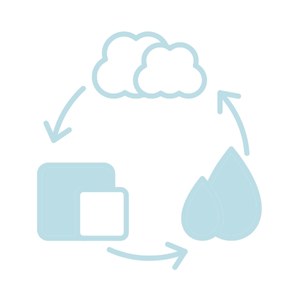

Plasma exists as a “sea” of free electrons containing positively charged nuclei. These ionized particles can then cause skin changes.
Why Hasn’t Plasma Been Used Before for Skin Rejuvenation Treatments?
Plasma has been tried before. There is a device called a plasma pen (or fibroplast pen) that has been tried in the past for skin rejuvenation but, like the hyaluron pen for fillers, had way more side effects and inconsistent results. The problem with these other devices is that the strength of the plasma was not adequately controlled. What was needed was a way of applying plasma to the skin that controlled how much plasma the skin actually received. Opus is the first device that channels plasma into tiny fractionated dots with tunable power. It’s not a laser–we have plenty of skin rejuvenation lasers–but an altogether new anti aging treatment!
“Fractional plasma will change how we think about resurfacing. If full-field CO2 technology was resurfacing 1.0, and fractional technology was resurfacing 2.0, fractional plasma technology is resurfacing 3.0. I can produce results to match the most aggressive CO2 laser or the gentlest laser peel in a fraction of the procedure time and much less patient downtime. The results we’re seeing with Opus Plasma are quite impressive, even after just one treatment.”
— Jeffrey Hsu, M.D., FAAD, board-certified dermatologist
What areas can be treated with Opus Plasma Resurfacing?
- Face
- Neck
- Chest
- Hands
- Legs
- Abdomen
What types of problems can be treated with Opus?
- Photoaging (fine lines and wrinkles)
- Skin laxity
- Uneven skin tone
- Acne scars
- Surgical scars
- Stretch marks (striae)
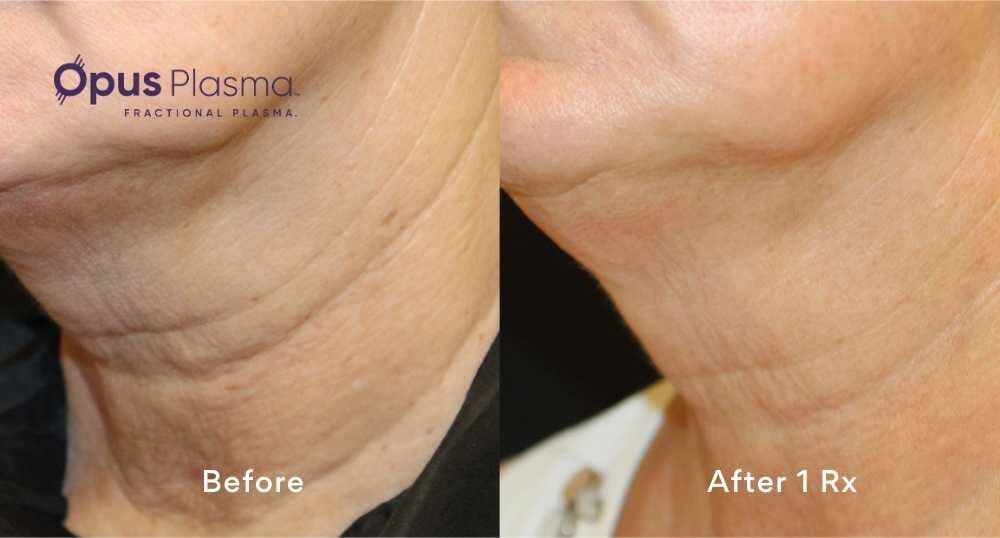
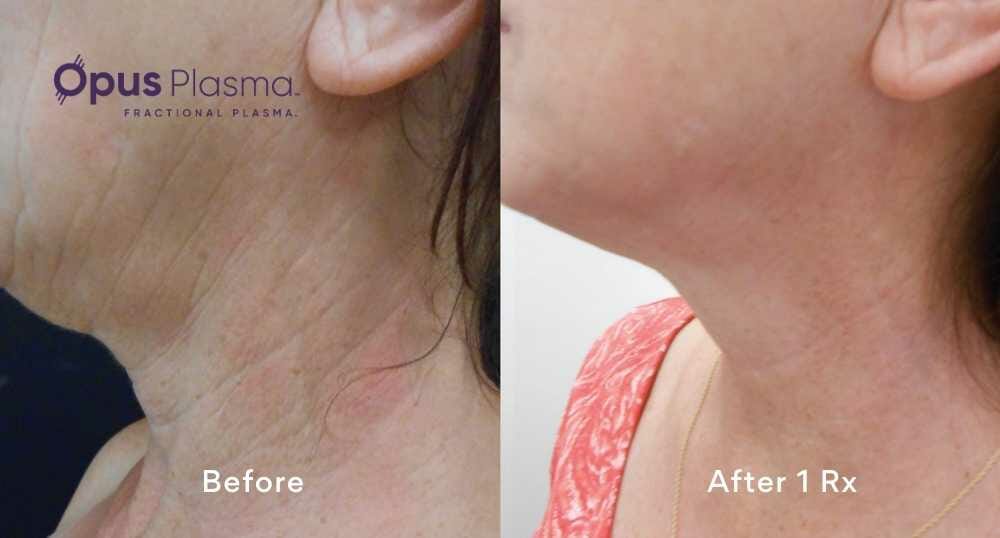
OPUS plasma resurfacing FAQs
What is a typical treatment like?
For a typical treatment, we first apply a topical anesthetic. Once the anesthetic has taken effect, we remove it completely before proceeding with treatment. The treatment itself is typically only mildly uncomfortable and most patients tolerate the treatment well. On a scale from 1-10, most patients report a pain level of 2-3. Following treatment, you will experience some redness, which will typically fade within a few days.
For more aggressive treatments at Nakatsui DermaSurgery (formerly Groot DermaSurgery Centre), more potent anesthetic (nerve blocks or iv sedation) is required and the patient can expect more downtime (albeit less than what you would experience from a laser treatment with the same benefit). Our dermatologist, Dr. Nakatsui, has been impressed by how quickly the skin heals following the plasma resurfacing treatment.
How many treatments will I need?
We recommend 3-5 sessions for our typical treatments spaced 2-4 weeks apart. Settings can be increased with each session to enhance the results. Many patients are seeing significant results even after the 1st treatment.
If more aggressive settings are used, less treatments are required although it requires more anesthetic and more downtime following the treatment.
How Long Will My Treatment Take?
Expect to spend approximately 90 minutes for a typical treatment. The topical anesthetic will need to stay on your skin for approximately 45 minutes prior to the resurfacing treatment.
How do I prepare for my appointment?
Hydration is very important prior to your treatment. Dr. Nakatsui recommends increasing your daily water intake starting 4 days before your appointment.
What will I look like after a typical OPUS treatment?
Most patients will be red, similar to a sunburn, immediately following a typical treatment. The redness will quickly improve over the next 2-3 days. Very rarely, patients may experience crusting in areas that have been treated more aggressively. Most patients report completely recovery within the 3-7 days.
What do I need to know about after the procedure?
Following a typical treatment, you will need to avoid sun exposure for 2 weeks and apply a sunscreen with minimum SPF 50 while outdoors. You can restart exercise after 24 hours. If you are using topical anti-aging cream, you can restart 2 weeks post treatment. Wash with a mild soap and apply an occlusive topical agent such as Aquafor or Vaseline while skin is healing. You can exfoliate after day 7.
How much does an OPUS resurfacing treatment cost?
Price varies based on the area being treated and the intensity of the treatment. Prices are very affordable when compared with other traditionally used laser treatments on the market.
How long will my results last?
Results will typically last for many years, although the aging process will inexorably and slowly continue as it always does.
What is a Plasma Pen?
Plasma Pens are very different from Opus. Plasma pens are small handheld devices that generate an electrical discharge, causing a small but still too large controlled burn at the point of contact. Plasma pens have been sold by beauty academies in Canada and are not authorized for use by Health Canada. Before Opus, there was no device that could administer evenly spaced, micro dots of plasma. In addition, the power and depth of treatment is completely tunable with Opus fractionated plasma.
Appointments

If you would like to learn more about Opus micro plasma resurfacing, call Nakatsui DermaSurgery at 780-482-1414 to schedule a complimentary consultation with our dermatologist or contact us via email using the following link.
